To the north of Katowice in Poland, in the middle of the beautiful nature of the Krakow-Czestochów Highlands, there are many medieval castles, chateaux, fortresses, and ruins. They were strategically built on high hills and rocks and were a defense line against Czech raids. Because of their location, they are nicknamed the Polish Eagle’s Nests (Orle Gniazda).
Table of Contents
The Kraków-Czestochów Upland is one of the most beautiful natural areas in Poland. In a relatively small area, many rocks, caves, streams, springs, and even a desert exist. If you drive through the area, you usually don’t even notice any nature; the rocks like to hide in the background of the local forests. Therefore, it is necessary to open the map and prepare for the area otherwise you will lose this beauty. However, there are only 1,800 registered caves and countless rocks in the area. Part of the highlands is the smallest Polish national park – Ojcowski Park Narodowy.
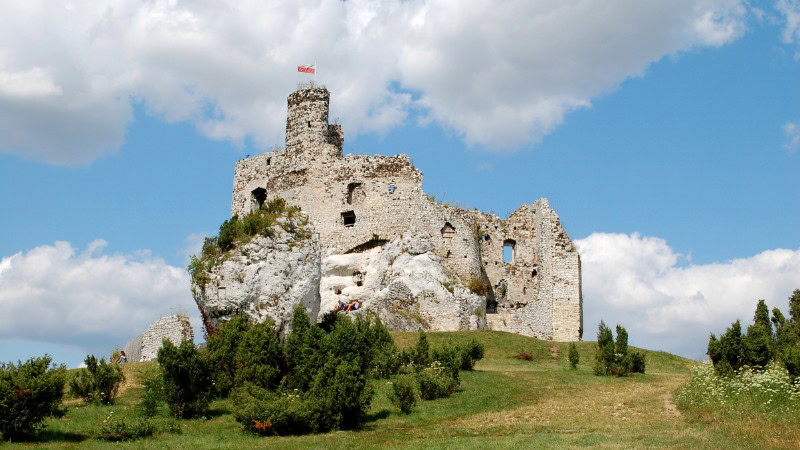
The most interesting places in this area are connected by the Polish Eagle’s Nests Trail (Szlak Orlich Gniazd). It is one of the most beautiful and interesting hiking trails in Poland. The pedestrian route measures 164 km, and the cycling route 185 km. The trails lead from Czestochowa to Krakow (or vice versa). And if you go on this journey, you will encounter castles and ruins literally at every turn. The Polish ruler Casimir III the Great had 36 defensive buildings built here.
Castles
Among the most interesting and famous Polish Eagle’s Nests are 11 castles: Ojców, Pieskowa Skała, Rabsztyn, Bydlin, Pilcza, Ogrodzieniec, Morsko, Bobolice, Mirów, Ostrężnik and Olsztyn. Sometimes, Krakow’s Wawel and Jasna Góra near Czestochowa are also mentioned, but officially, the path connecting these medieval buildings does not lead to these places. Many more castles in the region are worth mentioning and worth visiting (e.g., Tenczyn, Będzin, Lipowiec,…), but the trail does not pass through them either.
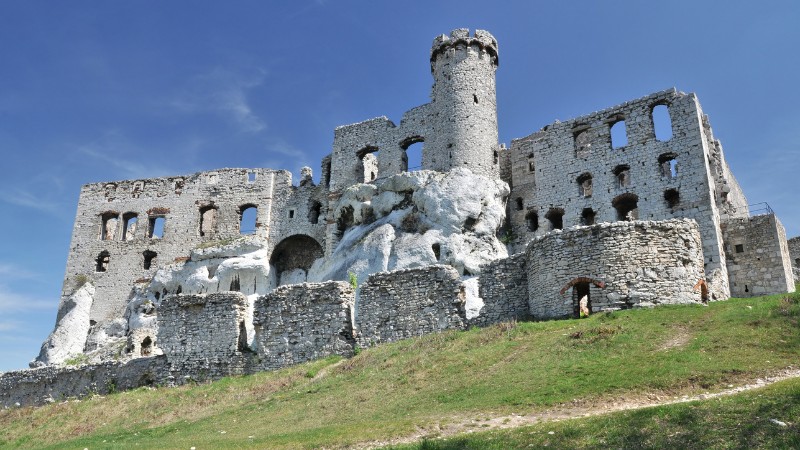
Enjoy the weekend in the landscape of the Krakow-Czestochów Highlands >>
The density of fortresses in the Krakow-Czestochowska Jura is determined by its strategic location. The castles here were built in the Middle Ages to defend the country against attacks by the Tatars and Czechs, as well as to oversee the security of the trade routes between Krakow and Silesia.
The end of the beauty of defensive castles in the 17th century was brought by the invasion of Swedish troops. The castles were destroyed and turned into ruins over the following centuries. However, some of them, for example, Mirów and Bobolica, belong to private owners and are being rebuilt on their own initiative. Bobolica, a ruin just a few decades ago, consisting of only a few stone walls, is now a beautiful, functional castle, hotel, and restaurant open to tourists. And Mirów Castle is being reconstructed in the same spirit.
And the Ogrodzienec castle, or rather the ruins of the castle, literally looks like something from a medieval movie. No reconstruction occurred here, only conservation modifications, but its size and majesty still take your breath away. When you are inside the walls, you absorb its power and feel humbled by the place. In December 2019, Ogrodzieniec Castle – or, more precisely, its picturesque ruins – starred in Netflix’s production series The Witcher.
Nature
The Polish Eagle’s Nests are built in the landscape of the Krakow-Czestochów Upland, which is known for its limestone bedrock originating from the seabed that existed in the area during the Jurassic period, i.e., 180 million years ago. The local area is full of beautiful rock formations (popular with climbers) and karst caves.
The smallest national park in Poland—Ojców—is part of the local landscape. We can find wonderful rock formations such as the famous Krakow Gate, a club or a glove, and many caves, two of which can be entered with a guide. There are also two castles in the Ojców National Park—Ojców and Pieskowa Skała.
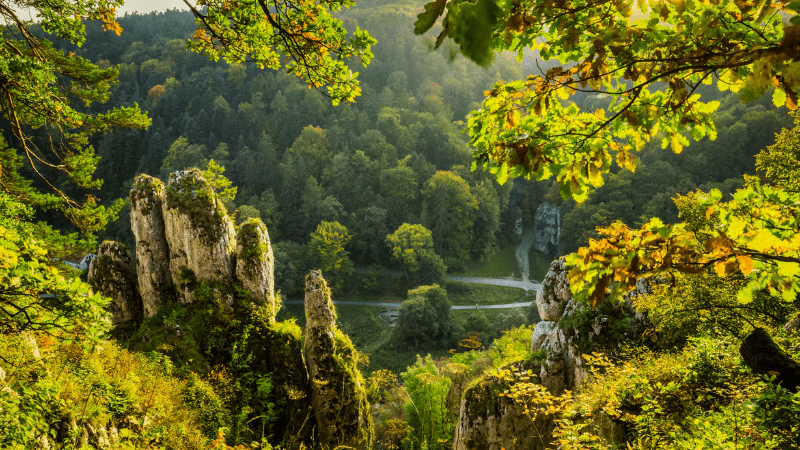
Another interesting place is Góra Zborów. The reservation includes a huge concentration of limestone rocks. You won’t know where to look in this hill’s small area. Another karst cave – Głęboka – awaits you under the Zborów mountain.
Enjoy the weekend in the landscape of the Krakow-Czestochów Highlands >>
We cannot forget to mention the Ředkovické rocks, the Sokolí Hory reserve near Olsztyn Castle or the Siedletská and Bledowská deserts. The local landscape hides surprises at every turn. It is full of natural beauty and history. Even children can handle the undemanding terrain. It is an ideal place to spend an active holiday, on foot or by bike.
EuropeNaturePoland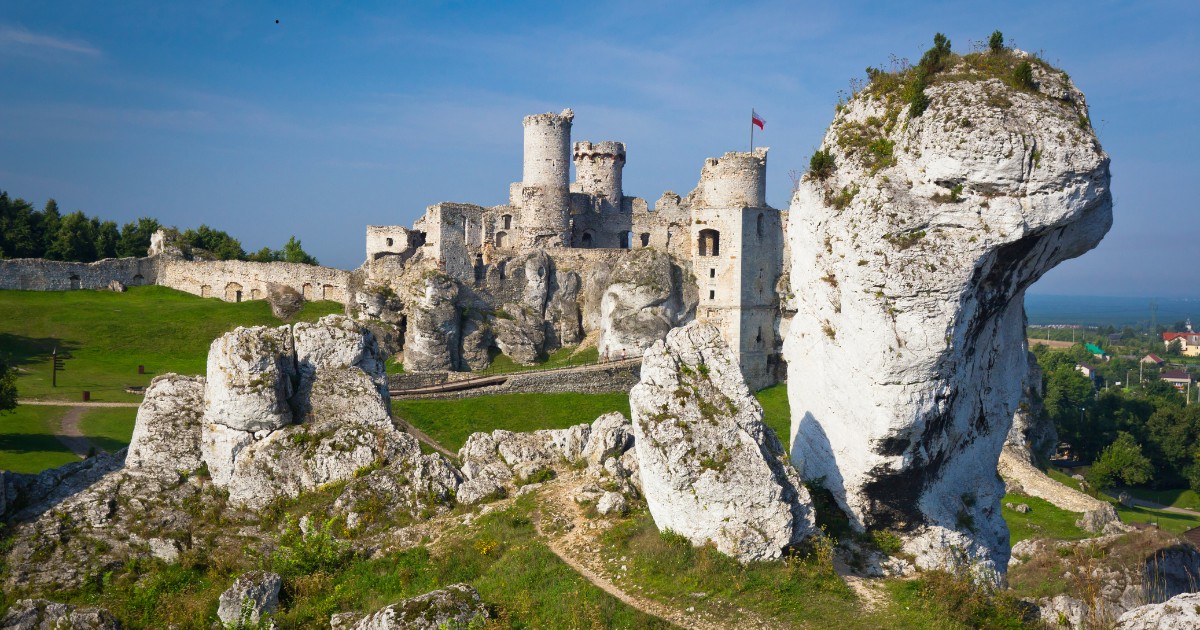



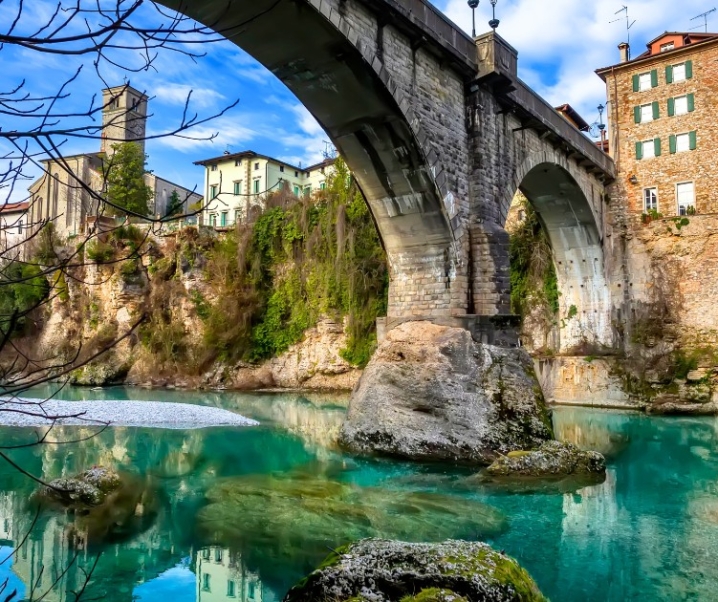

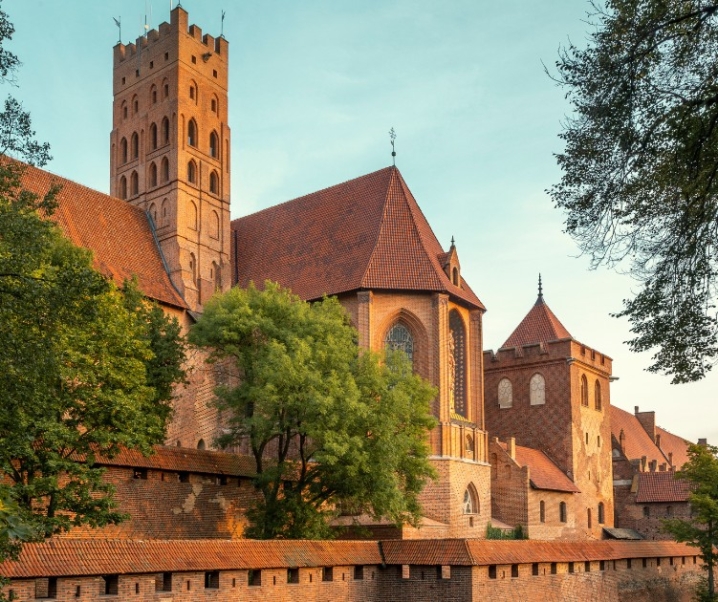

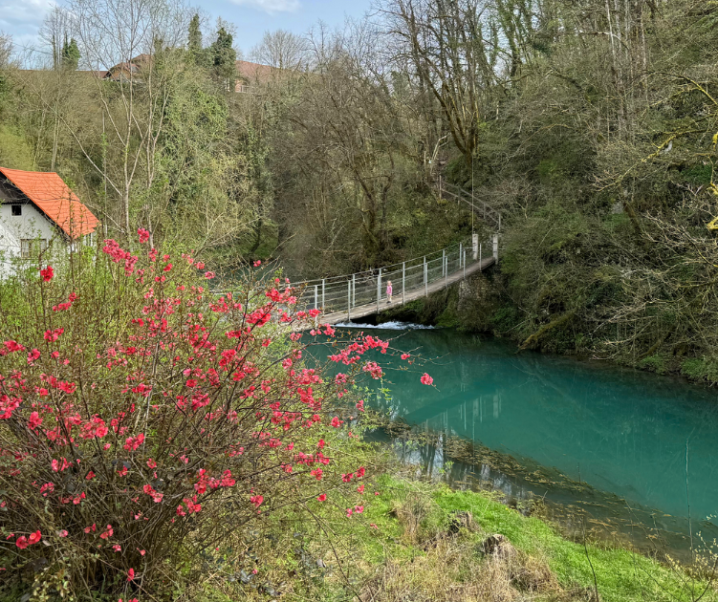

What do you think?